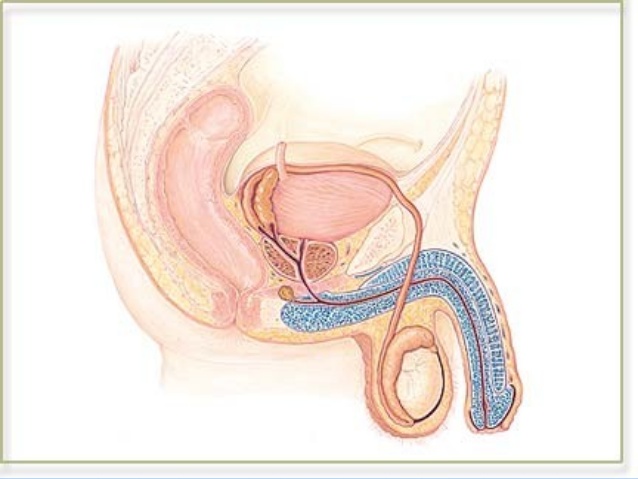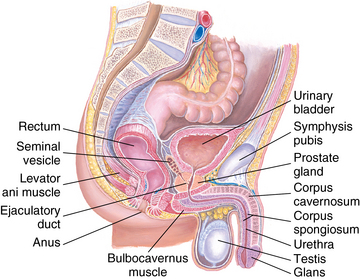Male Genitalia
Male genital organs are external and internal genitalia. The male external genitalia comprises the penis, the male urethra, and the scrotum. The male internal genitalia comprises the testis, epididymis, vas deferens, seminal vesicle, ejaculatory duct, bulbourethral gland, and the prostate.
Phimosis
Usually, the foreskin can be pulled back from the head (glans) of the penis. But in rare cases, the foreskin may become too tight and be unable to be retracted. This condition is called phimosis.
Most cases of phimosis resolve before adolescence, but last into adulthood. Although there aren’t any serious health complications related to phimosis, it’s associated with conditions that can cause soreness, swelling, and difficulty urinating.

Causes of tight foreskin:
In young boys, a tight foreskin is considered as physiologic phimosis. The foreskin usually becomes more pliable over the next few years, with phimosis completely resolving by age 7.
Adult phimosis is usually pathological and often seen in diabetic patients. Depending on the severity, phimosis can be treated effectively either by prepucioplasty, frenuloplasty or circumcision.

Balanitis
Balanitis is an inflammation of the glans, or the head, of the penis, due to infection or another cause. Balanitis can be uncomfortable and sometimes painful, but it is not usually serious. It can be relieved with topical medication.
Symptoms :
Signs and symptoms of balanitis include:
- Inflammation, soreness, itchiness, or irritation of the glans
- Tight foreskin that cannot be pulled back
- Painful urination
Some of the signs and symptoms of balanitis are similar to those of an STI or thrush.
